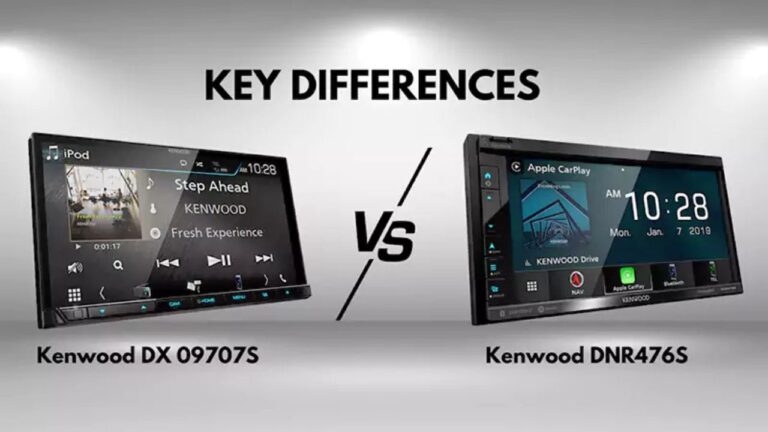A Comprehensive Guide to the Gévora–Betis Rivalry

Introduction: More Than Just a Game
The Gévora–Betis rivalry is far more than a routine clash on the football pitch; it is a compelling narrative of identity, community, and tradition. Rooted in a century of competitive tension, this rivalry reflects the socio-cultural fabric of Seville and mirrors the intensity that defines Spanish football as a whole. With both clubs drawing deeply passionate fanbases, each encounter between Gévora and Betis becomes a vibrant spectacle where pride, history, and emotion collide. Matchdays transcend mere sport, transforming the city into a cauldron of anticipation and fervor.
Historical Foundations: The Origins of the Rivalry
The genesis of the Gévora–Betis rivalry dates back to the early 20th century, emerging in a Seville already brimming with enthusiasm for football. Gévora Club de Fútbol was founded in 1909, while Real Betis Balompié followed in 1914. Their close geographic proximity laid the foundation for immediate competition. Over time, this neighborly contest evolved into one of the fiercest local rivalries in Spanish football.
The rivalry was not only born out of geographical closeness but also out of social divergence. Betis became a symbol of the working-class population, attracting fans from the city’s labor-intensive districts. In contrast, Gévora developed a following among the middle and upper-middle classes. This socio-economic divide intensified the rivalry, making matches not only a contest of athletic skill but also a symbolic representation of societal tensions within the city.
Defining Moments: Key Episodes in Rivalry History
Throughout the decades, the Gévora–Betis rivalry has produced countless iconic moments that have shaped its legacy. One such instance came in 1997, when Betis clinched a dramatic last-minute victory, triggering euphoric scenes across Seville. Another historic match unfolded in the 2005 Copa del Rey final—a tense showdown that saw Betis triumph via a nerve-wracking penalty shootout.
Perhaps the most chaotic episode occurred in 2021, in what became infamously known as the “Derby of Chaos.” Tensions between supporters escalated into clashes outside the stadium, reminding the footballing world just how emotionally charged this rivalry can be. These and many other moments are etched into the collective memory of both fanbases, each contributing to the storied chronicle of this footballing feud.
Cultural Significance: The Rivalry’s Broader Impact on Spanish Football
The Gévora–Betis rivalry exemplifies the deep cultural entwinement of football in Spanish life. In Seville, as in many Spanish cities, football is not merely a pastime; it is an essential component of local identity. Each match between these two clubs is a celebration of regional pride and a testament to enduring traditions.
On matchdays, Seville transforms. Streets come alive with flags, chants, and face paint, turning the city into a living canvas of football fervor. For many, supporting a team is an inherited responsibility—allegiances often passed down through generations. In this way, the rivalry strengthens intergenerational bonds and serves as a communal expression of belonging.
The rivalry also contributes to Spain’s international football image. With global viewership increasing year after year, these matches serve as a showcase of Spanish football’s intensity, reinforcing La Liga’s reputation as one of the most passionately followed leagues in the world.
Noteworthy Encounters and Notorious Controversies
A number of matches between Gévora and Betis have transcended sport, entering the realm of legend and lore. In 2007, Betis once again clinched a game-winning goal in the dying seconds—a moment still celebrated by their loyalists. But not all moments have been joyous; controversy has been a recurring theme.
In 2011, a controversial penalty decision led to heated protests on and off the pitch. Fans, pundits, and even politicians weighed in, highlighting how seriously these games are taken by the local populace. Similarly, the 2019 Copa del Rey encounter was marred by aggressive tackles and multiple bookings, underlining the combustible nature of this fixture.
These high-stakes encounters, often laden with drama and unpredictability, serve to deepen the emotional investment of fans, making each fixture an event marked on calendars well in advance.
Bridging the Divide: Players Who Crossed the Rivalry Line
While switching allegiances in any rivalry invites scrutiny, a few players have dared to cross the Gévora–Betis divide. These transitions are often viewed with suspicion, but they also provide fascinating insights into the professional and personal lives of footballers.
José Antonio Reyes, one of Seville’s most beloved footballers, played for both sides during his storied career. His presence in the derby was always a lightning rod for both admiration and criticism. Javi García is another example—his career moves between the two clubs drew mixed reactions, with some fans questioning his loyalty while others respected his professionalism.
Such cases highlight the human side of this rivalry, where career decisions intersect with the emotional landscapes of fan culture. These players, knowingly or not, have helped to define the rivalry through their on-field performances and off-field legacies.
Beyond the Pitch: Fan Culture and Civic Identity
The rivalry extends well beyond the 90 minutes on the field. Among fans, the Gévora–Betis rivalry is a daily affair—an undercurrent in social life. The streets of Seville are dotted with murals, graffiti, and cafes that double as fan hubs. Supporters engage in a continuous exchange of pride, banter, and, at times, confrontation.
Social media has amplified this interaction. Hashtags trend during derby week, memes go viral within minutes of final whistles, and fan forums light up with analysis and predictions. Yet, this rivalry isn’t all hostility. There are also heartwarming stories of cooperation: joint charity drives, community events, and respectful gestures following tragedies have occasionally brought both sets of supporters together.
In this sense, the rivalry is a microcosm of civic life in Seville—passionate, polarized, but also united by a shared love for the beautiful game.
Looking Ahead: The Future of the Rivalry
As football evolves in the digital age, so too does the nature of rivalries. The Gévora–Betis rivalry is experiencing a generational shift. Younger fans, shaped by online interactions and globalized media, are adding new dimensions to this historic feud. The spirit remains the same, but the tools of engagement have changed.
Youth development programs at both clubs promise to keep the rivalry vibrant. Talented players rise through the ranks with dreams of becoming derby heroes, and their stories will continue to fuel this fierce competition. Additionally, the increasing parity in La Liga ensures that each encounter carries weight not just locally, but in terms of league standings and continental qualification.
With infrastructure investments and international fanbases growing, both Gévora and Betis are evolving into modern football institutions. Yet, they remain rooted in a tradition that ensures this rivalry will never lose its emotional intensity.
Conclusion: A Rivalry Etched in Spanish Football’s Soul
The Gévora–Betis rivalry is an embodiment of the passion that defines Spanish football. It is a saga enriched by history, sharpened by cultural divides, and elevated by unforgettable moments on and off the pitch. More than just a sporting contest, it is a narrative of civic pride, identity, and generational legacy.
From dramatic match-winners to controversial decisions and players who straddled the divide, the rivalry continues to captivate fans both locally and around the globe. As future chapters unfold, one thing remains certain: this is not just a football match—it is a living tradition, and one of the most cherished rivalries in the world of sport.






